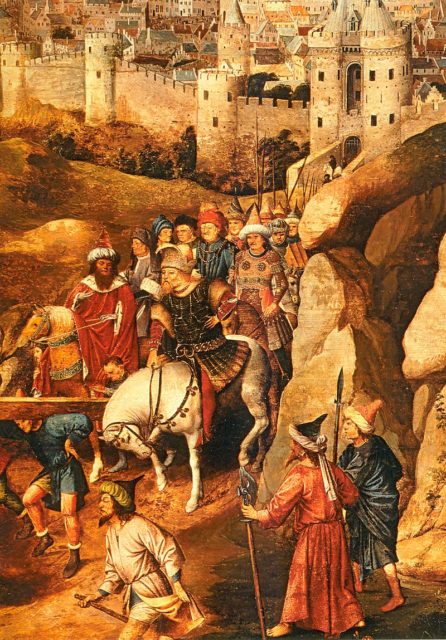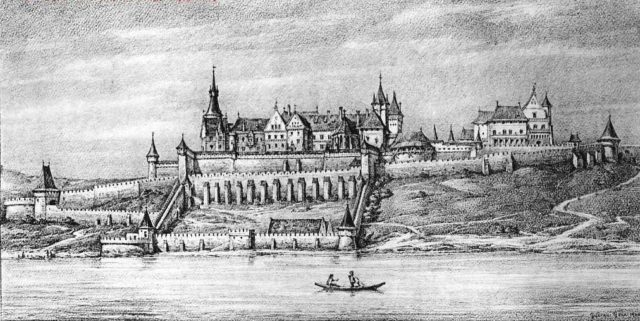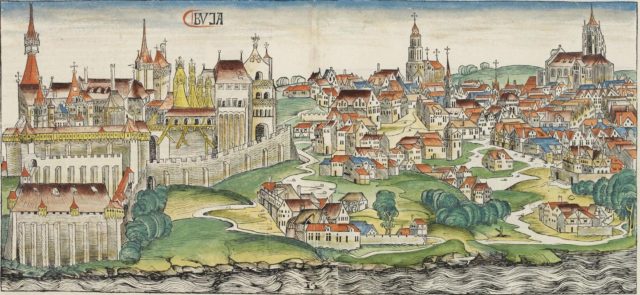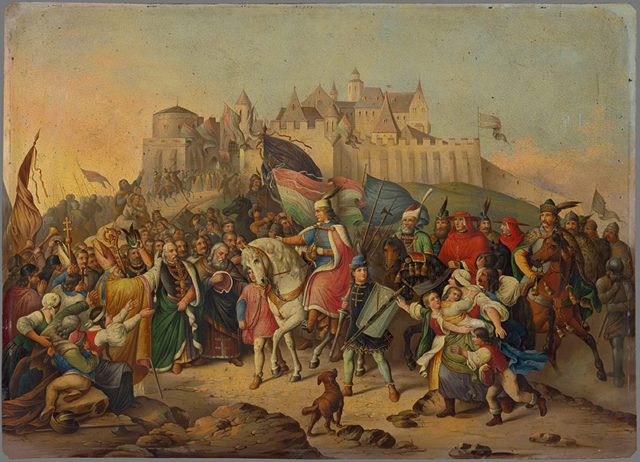Childhood
In 1361 after a period of increasing importance, Buda becomes the capital of the Kingdom of Hungary during the reign of the Angevin kings. The real boost of growth for the city would wait until the time of King Sigismund however (r. 1368 –1437). Sigismund was an iconic figure of his time, a king revered by both his peers and his subjects. He had led a crusade against the Turks and an effort to end the Papal Schism that plagued the church of his time.
When King Sigismund became a Holy Roman Emperor in 1433 he decided to make Buda Castle his power center and effectively transform it into a place worthy of an Emperor. He enlarged the palace and strengthened its fortifications. Soon the castle became the largest Gothic palace of the late Middle Ages and the city of Buda an important cultural center.


In the second half of the 15th century Matthias Cornivus (r. 1458–1490), following the model of a philosopher-king described by Plato, establishes educational institutions, becomes a patron of art & sciences, extends the Royal Palace further and makes Buda a center of Renaissance culture.
His love for knowledge is passed on to his subjects with the new invention of the printing press first established in the Hungarian capital in 1472. The library Biblioteca Corniviana becomes Europe’s greatest collection of scientific and philosophic works, second only in size to the Library of the Vatican.



